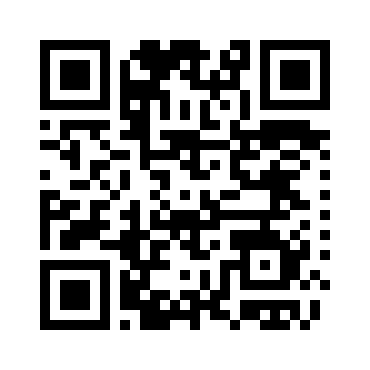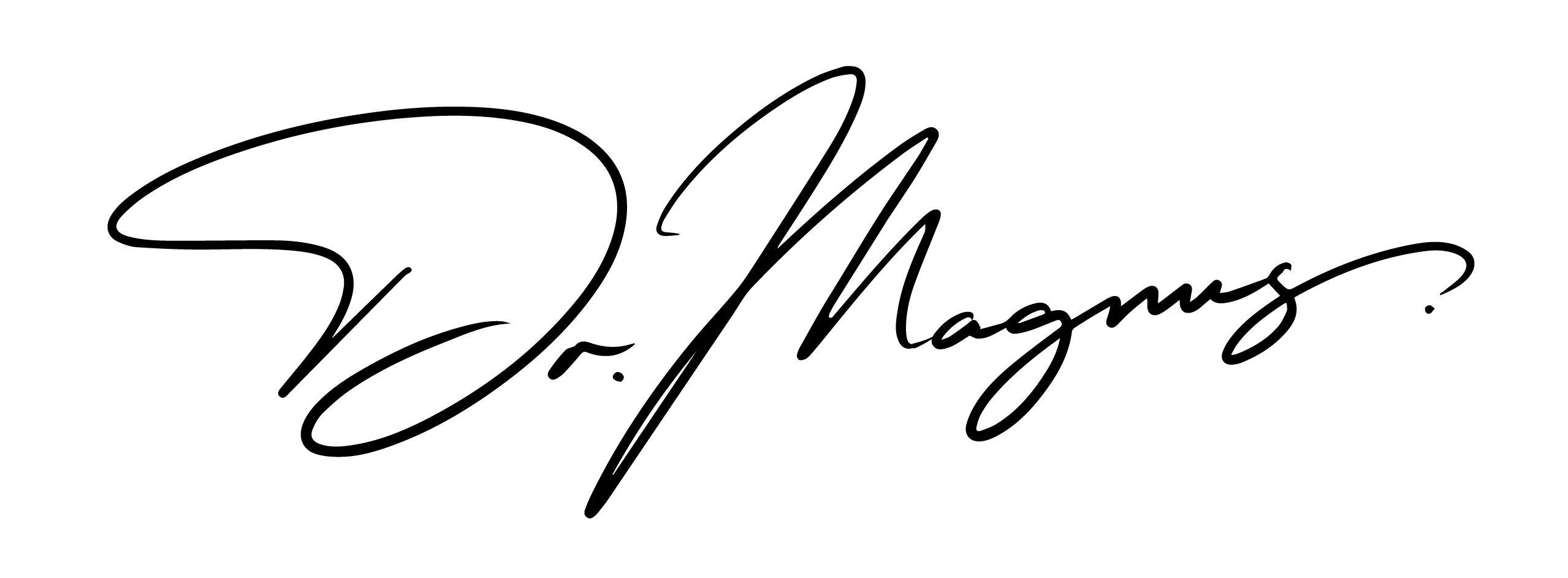Postoperative Instructions |

|
 | 6 min read
| 6 min read
In most cases, a dressing will be in place after the surgery. Unless otherwise instructed on the day of surgery, leave this on for 48 hours and keep the area dry.
After 48 hours remove the dressing, wash in the shower, and apply a thin layer of Vaseline (buy a new pot in advance of your surgery) directly over the site several times a day until the wound has fully healed. This will help to keep your wound clean and moist and will prevent scabs from forming. Continue to apply vasline until the stitches have been removed and there are no further areas of broken skin or discharge
Unless otherwise instructed you do not need to apply a dressing after 48 hours, however you can continue to do so if you wish - for example to hide the wound or to protect your clothes.
If non-dissolvable stitches are used then you will need to attend 7-14 days after surgery for stitch removal. Stitch removal will usually be performed by a nurse.
In some cases dissolvable stitches will be used at the skin surface. If these have not fully dissolved within 2 weeks they should be removed and you should ask my practice management team to schedule a stitch removal appointment (usually this will be with a nurse).
Occasionally, after removal of the surface stitches, one of the deeper (dissolvable) stitches may protrude through the wound. This may have the appearance of a clear thread like fishing line. Don't worry if this happens it will dissolve by itself with time but please inform Dr Lynch as it may be advisable to remove it.
If stitches are used occasionally there can be a reaction to one of the dissolvable deep stitches that is left in beneath the surface of the skin. This can occur after the wound has healed weeks-months after the procedure and cause inflammation, nodularity or discharge. Please contact Dr Lynch if this arises.
In some cases after surgery the edges of the stiched wound are raised/ridged - this "eversion" helps to reduce the risk of a dipped scar and settles with time. It is normal to see lumpiness or irregularity of the scar during the inital period of healing. Usually this will settle within a few months.
It is normal for scars to appear red and lumpy for weeks-months after surgery. In most cases this will settle with time. If things do not settle then the appearance of scars can be improved with further minor surgery or laser treatments.
After the initial phase of healing is complete, if there is any lumpiness or irregularity of the scar this can be helped by firm massage for 10 minutes per day. This helps to remodel the collagen fibres causing the scar to become smoother and flatter.
If possible you should avoid scheduling surgery within 2 weeks of travel or important events.
Rarely bleeding will occur after the procedure - sometimes hours later. If this happens, press firmly on the dressing for 15 minutes by the clock. If the bleeding persists press for another 15 minutes. In the very unlikely event you have bleeding that you cannot stop go to your local A&E department.
The local anaesthetic will usually begin to wear off about one to two hours after the procedure. If you need take a painkiller, use over-the-counter pain relievers such as paracetamol providing you are not allergic to this medication and there are not other contraindications. Be careful that you do not take paracetamol together with any other medication that contains paracetamol such as co-codamol or certain cold/flu treatments as taking too much paracetamol is dangerous. Do not take non-steroidal medications such as aspirin, ibuprofen, nurofen, naproxex or diclofenac after surgery as these increase the risks of bleeding.
Monitor your wound for signs of infection, which may include: Increased pain, swelling, redness, fever or discharge of pus. If you notice evidence of infection you should contact Dr Lynch.
Avoid vigorous exercise and swimming or hot tubs for at least one week or until the wound is fully closed. Depending upon the site you may need to be careful with heavy exercise or lifting for a number of weeks/months to prevent stretching of the scar. Avoid exposing the wound to direct sunlight. Once the wound is healed, use sunscreen with an SPF of 30 or higher to protect the area for at least six months. You should avoid drinking alcohol for at least 48 hours after the procedure as this increases the risk of bleeding.
Smoking or vaping impairs blood supply to the skin and greatly increases the risk of wound breakdown, wound infection, poor healing or necrosis (death) of skin at the site of surgery. You should avoid smoking or vaping for at least a week after surgery.
All samples removed are sent for pathological evaluation. In most cases results will take 1-2 weeks although rarely, if the pathology needs specialized tests to make a diagnosis these results may take significantly longer. Please contact my practice management team if you have not been informed of results within 2 weeks.
To book an in person consultation, enter your details below and my practice management team will contact you to schedule the appointment. Alternatively call 0203 389 6076 (calls are answered during working hours) or email: contact@drmagnuslynch.com.